Nitrous oxide (N 2 O) is a strong greenhouse gas, that is mainly produced from agricultural activities (eg from the use of synthetic and organic fertilizers to grow crops) This first interactive chart here shows per capita emissions of nitrous oxide each year This is measured in 'carbon dioxide equivalents' US Greenhouse Gas Emissions by Gas, 1990–19 This figure shows emissions of carbon dioxide, methane, nitrous oxide, and several fluorinated gases in the United States from 1990 to 19 For consistency, emissions are expressed in million metric tons of carbon dioxide equivalents * HFCs are hydrofluorocarbons, PFCs are perfluorocarbons, SF6 is sulfur7% of the emission intensity of natural gas, and only 3% of the emission intensity of coal fired power plants In addition, the lifecycle GHG emission intensity of nuclear power generation is consistent with renewable energy sources including biomass, hydroelectric and wind Figure 3 illustrates source evaluation data by study group

Greenhouse Gas Emissions Plunged 17 Percent During Pandemic The Washington Post
What are the top 3 sources of greenhouse gases
What are the top 3 sources of greenhouse gases-In 13, CO 2 accounted for about percent of all US greenhouse gas emissions from human activities Citing data from the National Research Council's While CO 2 emissions come from a variety of natural sources, humanrelated emissions are responsible for the increase that has This chart shows methane contributions by various"A carbon footprint is the total greenhouse gas (GHG) emissions caused directly and indirectly by an individual, organization, event or product" 1 It is calculated by summing the emissions resulting from every stage of a product or service's lifetime (material production, manufacturing, use, and endoflife) Throughout a product's lifetime, or lifecycle, different GHGs may be emitted




Co And Greenhouse Gas Emissions Our World In Data
And food waste is responsible for 24% of that figure Therefore food waste as a share of global emissions is 24% * 26 = 6% Latest data from the World Resource Institute's CAIT Climate Data Explorer reports that aviation accounts for 19% of global greenhouse gas emissions Food losses and wasteIt took ~240 years for the AGGI to go from 0 to 1, ie, to reach 100%, and 30 years for it to increase by another 47% In terms of CO 2 equivalents, the atmosphere in contained 504 ppm, of which 412 is CO 2 alone The rest comes from otherGreenhouse gas emission limits In , the Washington Legislature set new greenhouse gas emission limits in order to combat climate change Under the law, the state is required to reduce emissions levels reduce to 1990 levels 30 45% below 1990 levels 40
The world's countries emit vastly different amounts of heattrapping gases into the atmosphere The chart above and table below both show data compiled by the International Energy Agency, which estimates carbon dioxide (CO 2) emissions from the combustion of coal, natural gas, oil, and other fuels, including industrial waste and nonrenewable municipal waste US net emissions declined 13 percent from 05 to 19 due to a range of market and policyrelated factors Electric power sector emissions fell 33 percent (through 19) as a result of a shift from coal to natural gas, increased use of renewable energy, and a leveling of electricity demand The annual greenhouse gas inventory is based on a combination of direct data and estimates for data that cannot be obtained directly Data sources include City records, utility company reports, and information from state and federal agencies Reporting is separated into communitywide and local government operations inventories
Human emissions of carbon dioxide and other greenhouse gases – are a primary driver of climate change – and present one of the world's most pressing challenges 1 This link between global temperatures and greenhouse gas concentrations – especially CO 2 – has been true throughout Earth's history 2 To set the scene, let's look at how the planet has warmedDOEE regularly tracks the District's greenhouse gas emissions in order to measure our progress towards reducing emissions 50% by 32 and reaching netzero emissions by 50 Greenhouse gas inventories identify the major sources of greenhouse gasses and measure how much they pollute Major sources include energy used by homes and buildings, transportation, and solidThe most recent Massachusetts Greenhouse Gas (GHG) Inventory shows that GHG emissions in 17 were 224% below the 1990 baseline level, on track to meet the 25% reduction by required by the Global Warming Solutions Act (GWSA) Massachusetts' success in reducing GHG emission comes despite a 14% growth in population and 24% growth in vehicle miles traveled




Scottish Greenhouse Gas Emissions 17 Gov Scot
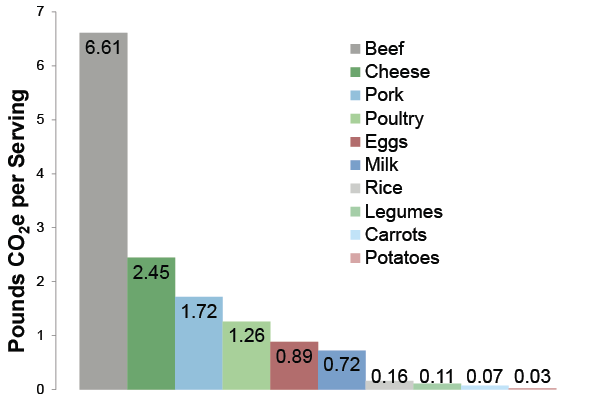



Carbon Footprint Factsheet Center For Sustainable Systems
The net total emissions after accounting for carbon sinks such as renewable energy credits is currently 162,223 MTCO2e To see a detailed breakdown of the source of emissions in the greenhouse gas inventory, jump to charts belowES3 Overview, national greenhouse gas emissions After fluctuations in recent years, in 19 Chart B5 contains information on the reductions in greenhouse gas emissions in every National Communication category over the entire time period, with Chart B6 containing the same information for the latest year Chart B2 Main Sources of Greenhouse Gas Emissions in Scotland, 1990 to 18 Values in MtCO 2 e Main Points
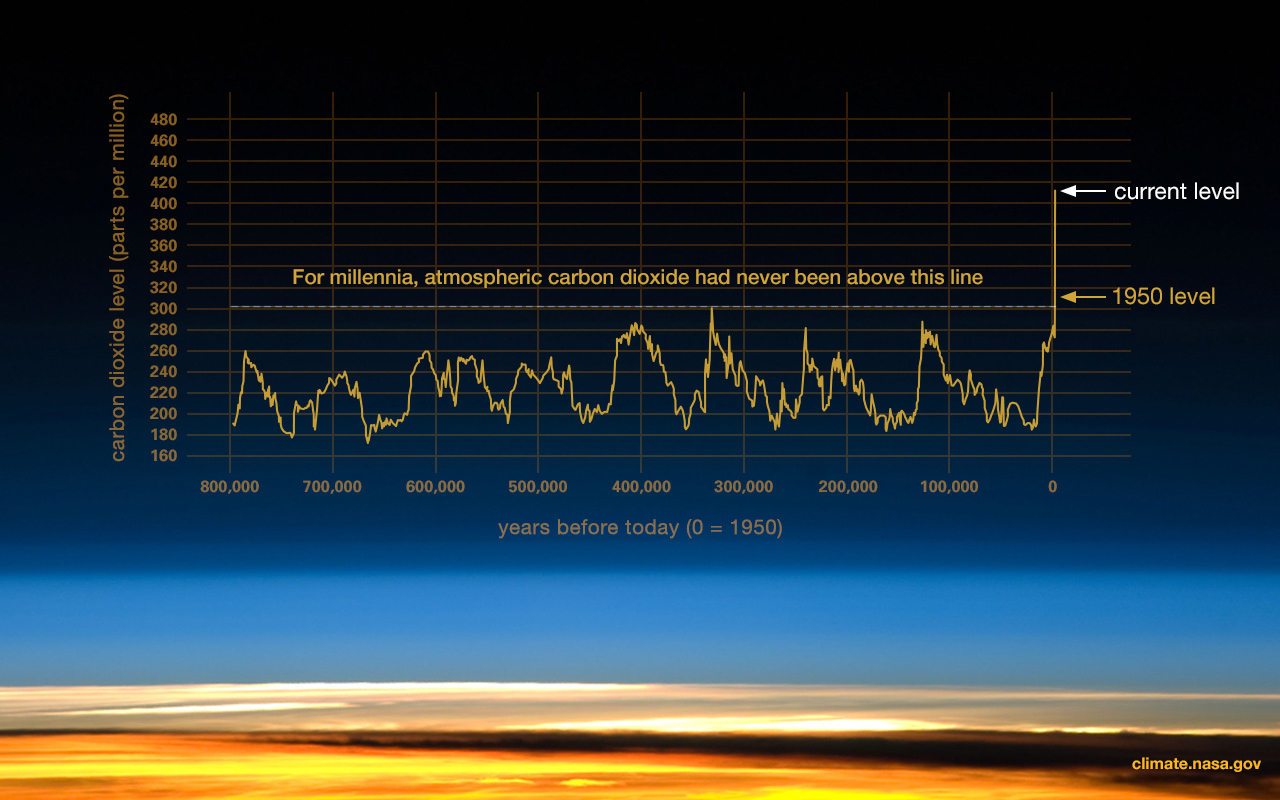



Evidence Facts Climate Change Vital Signs Of The Planet
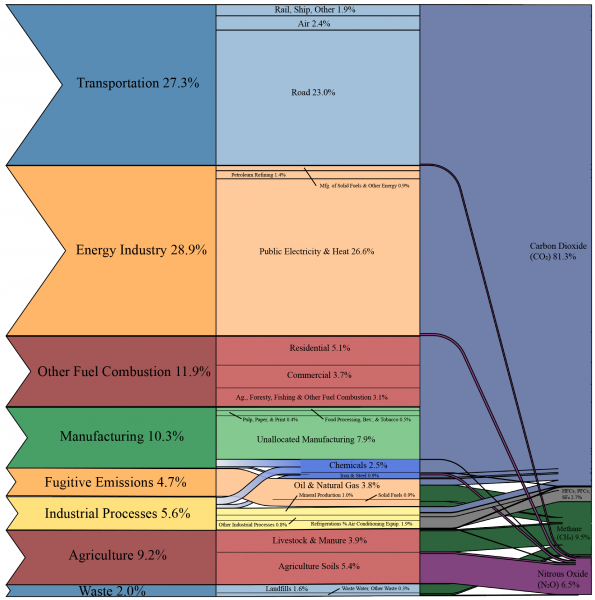



Carbon Footprint Factsheet Center For Sustainable Systems
Chart B5 contains information on the reductions in greenhouse gas emissions in every National Communication category over the entire time period, with Chart B6 containing the same information for the latest year Chart B2 Main Sources of Greenhouse Gas Emissions in Scotland, 1990 to 19 Values in MtCO 2 e Main Points Graph by NOAA Climategov based on data from NOAA ESRL According to the 19 AGGI report, the combined heating influence of the longlived, humanproduced greenhouse gases is 314 Watts for every square meter of Earth's surface Just over 80 percent of that is due to carbon dioxide (66%) and methane (16%) Chart B8 shows that Energy Supply is a key source of carbon dioxide emissions in all years between 1990 and 15, after which the change in fuels used in electricity generation substantially reduces CO 2 emissions from this source Transport (including international aviation and shipping) is the next most common source of carbon dioxide emissions across the entire
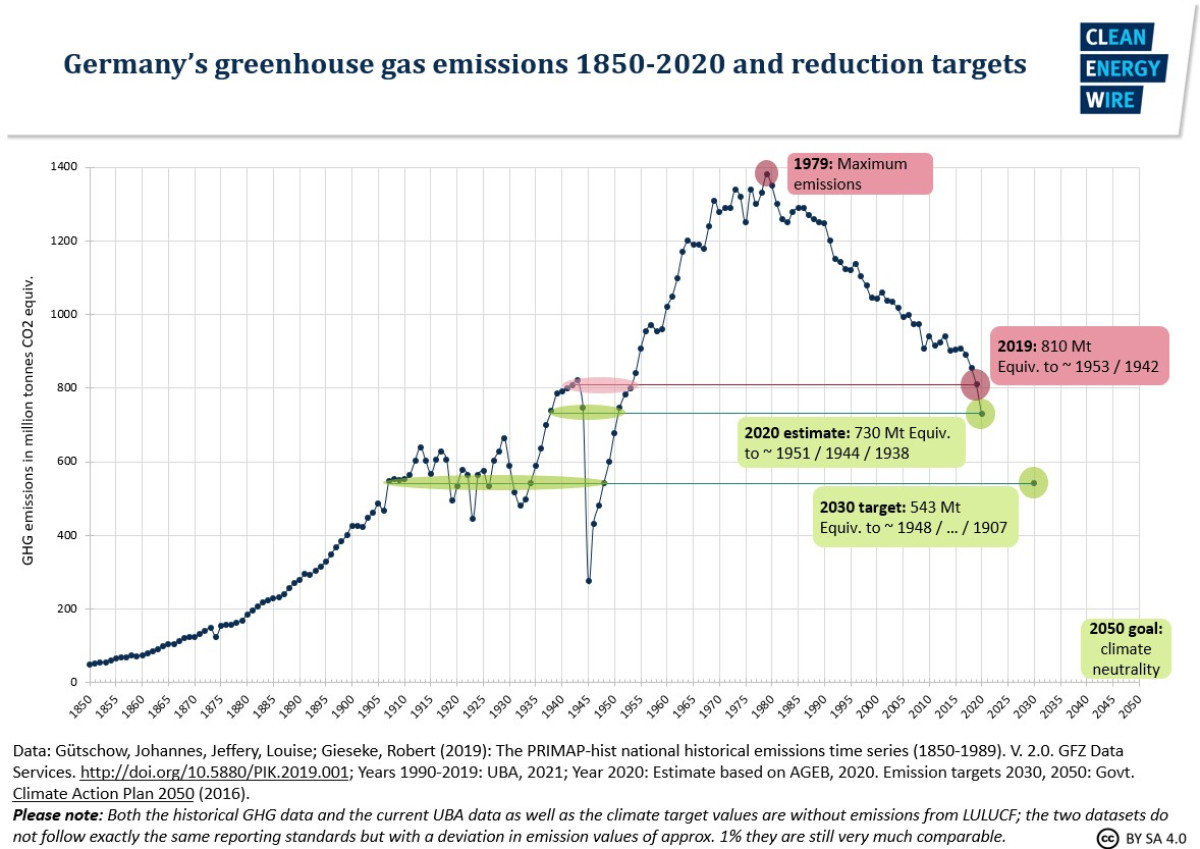



Germany S Greenhouse Gas Emissions And Energy Transition Targets Clean Energy Wire




Climate Change Food Calculator What S Your Diet S Carbon Footprint c News
0019 GHG Inventory (21 Edition) The California Greenhouse Gas Emissions for 00 to 19, Trends of Emissions and Other Indicators, summarizes and highlights the major annual changes and notable longerterm trends of each year's GHG inventory It provides easytoread graphs and explanations to illuminate California's progress in its commitment to reduce climatechanging emissionsFood production is responsible for 26% of global greenhouse gas emissions;A greenhouse gas (GHG or GhG) is a gas that absorbs and emits radiant energy within the thermal infrared range, causing the greenhouse effect The primary greenhouse gases in Earth's atmosphere are water vapor (H 2 O), carbon dioxide (CO 2), methane (CH 4), nitrous oxide (N 2 O), and ozone (O 3)Without greenhouse gases, the average temperature of Earth's surface would
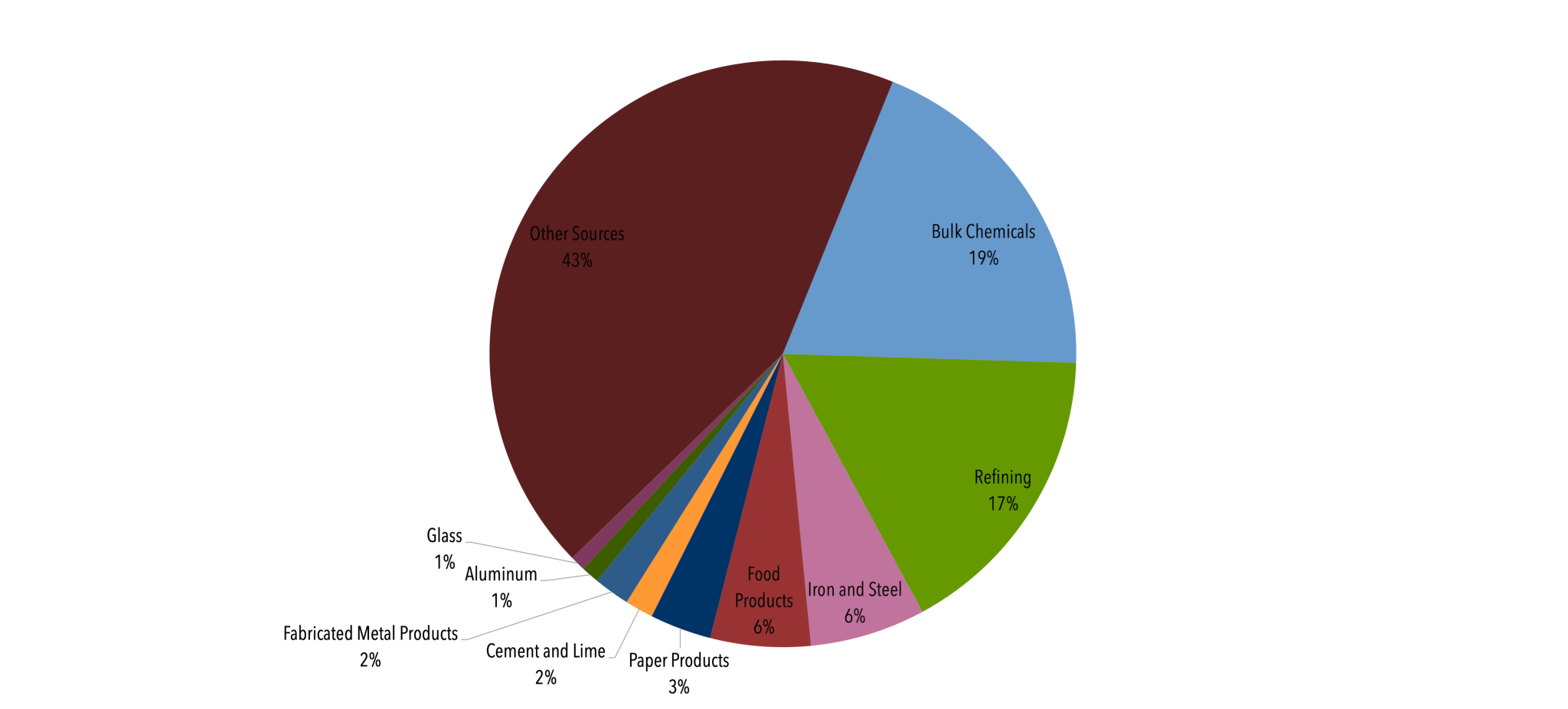



Controlling Industrial Greenhouse Gas Emissions Center For Climate And Energy Solutions



Emissions By Sector Our World In Data
See the "US Greenhouse Gas Emissions by Sector and by Gas" pie charts at the end of this lesson for comparisons of the different gases and sources In the United States, the US Environmental Protection Agency (EPA) collects data about greenhouse gas emissions by source, industry type, and type of gasGreenhouse Gas Emissions Data The Oregon Global Warming Commission submits a report to the Oregon Legislature every two years, publishing data on current greenhouse gas emissions, trends, and steps we need to take to reduce emissions The data below is taken from the 18 Oregon Global Warming Commission reportThe Southern California Gas Company Aliso Canyon facility's actual 15 emissions were higher than those reported to the GHGRP The GHGRP provides wellvetted average emission factors to calculate emissions The facility followed these GHGRP calculation methods for 15 reporting
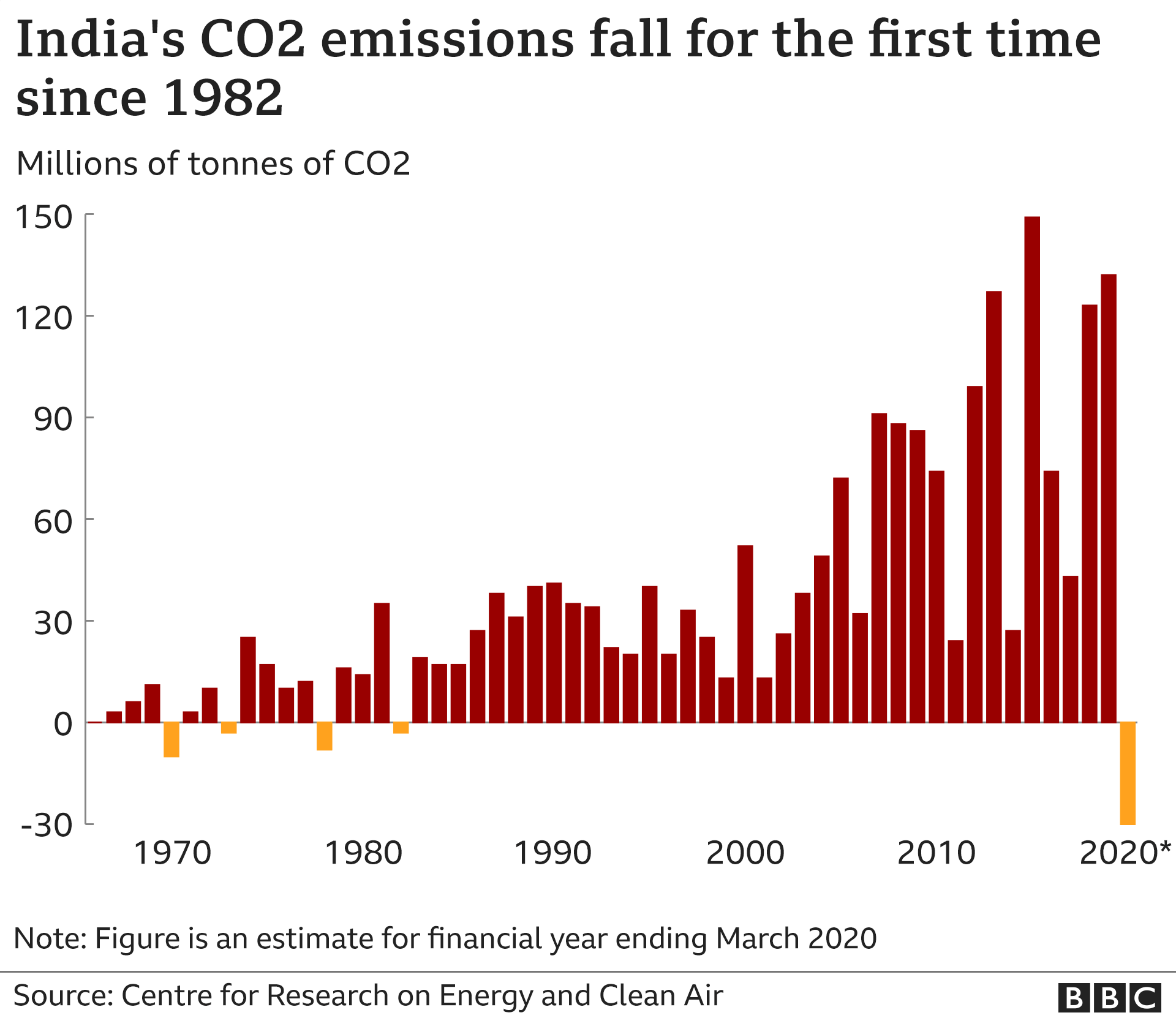



India S Carbon Emissions Fall For First Time In Four Decades c News




Interactive What Is The Climate Impact Of Eating Meat And Dairy Carbon Brief
This publication provides the final estimates of UK territorial greenhouse gas emissions going back to 1990 Estimates are presented by source in February of each yearRussia (see Greenhouse gas emissions by Russia) 1,992 1630 2670 1381 Indonesia 1,704 506 Brazil 1,421 1050 524 Japan 1,155 1231 1310 1411 Iran 8 876 572 Germany 777 1 918 7 Canada (see Greenhouse gas emissions by Canada) 763 716 575 Mexico 695 718 528 Democratic Republic of the Congo 6 South Korea 673 732 634 Saudi Arabia 638 Electricity Sector Emissions Total Emissions in 14 = 6,870 Million Metric Tons of CO 2 equivalent * Land Use, LandUse Change, and Forestry in the United States is a net sink and offsets approximately 11 percent of these greenhouse gas emissions All emission estimates from the Inventory of US Greenhouse Gas Emissions and Sinks 1990–14 Larger image to save or




U S Emissions Dropped In 19 Here S Why In 6 Charts Inside Climate News




A Global Breakdown Of Greenhouse Gas Emissions By Sector
In 18, direct industrial greenhouse gas emissions accounted for 22 percent of total US greenhouse gas emissions, making it the third largest contributor to US greenhouse gas emissions, after the Transportation and Electricity sectors Including both direct emissions and indirect emissions associated with electricity use, industry's share of total US greenhouse gas emissions in 18 was 2 percent, making it the largest contributor of greenhouseEstimated US greenhouse gas emissions by economic sector, 18 Total US emissions in 18 = 6,677 million metric tons of carbondioxide equivalent Pie chart with 6 items Item 4, US territories 07% Note Carbon dioxide emissions associated with electricity consumption are allocated to each enduse sector Source USDA, Economic One chart that shows just how skewed global emissions are China, the US and the EU produce 14 times more than the bottom 100 countries Global warming is the ultimate international problem It doesn't matter where you live, climate change is the most serious threat the planet faces today When it comes to the sources of the greenhouse gases




Greenhouse Gas Emissions By The United States Wikipedia
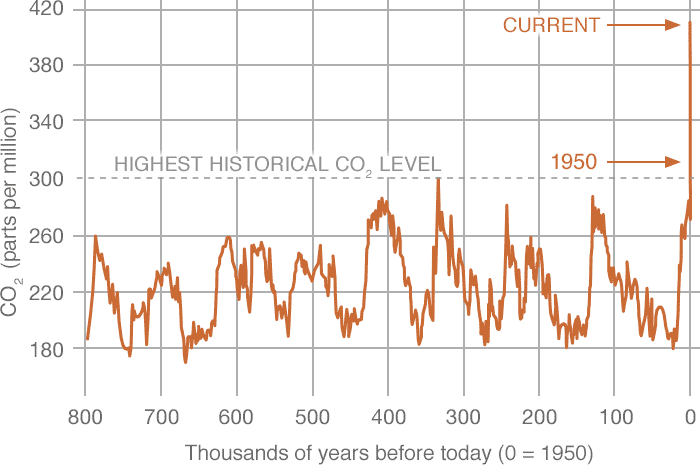



Carbon Dioxide Vital Signs Climate Change Vital Signs Of The Planet
Atmospheric methane is the methane present in Earth's atmosphere Atmospheric methane concentrations are of interest because it is one of the most potent greenhouse gases in Earth's atmosphere Atmospheric methane is rising The year global warming potential of methane is 84 That is, over a year period, it traps 84 times more heat per mass unit than carbon dioxide (CO US GHG Emissions (Inventory) The pie chart below shows total US emissions from the US Greenhouse Gas Inventory for 18 by sector Total US emissions in 18 were 6,677 Million Metric Tons CO 2 e The pie pieces colored in blue and purple represent the sectors that contain facilities reporting direct emissions to the Greenhouse Gas Reporting Program The combustion of fossil fuels such as gasoline and diesel to transport people and goods was the largest source of CO 2 emissions in 19, accounting for about 35 percent of total US CO 2 emissions and 28 percent of total US greenhouse gas emissions This category includes transportation sources such as highway and passenger vehicles, air travel, marine
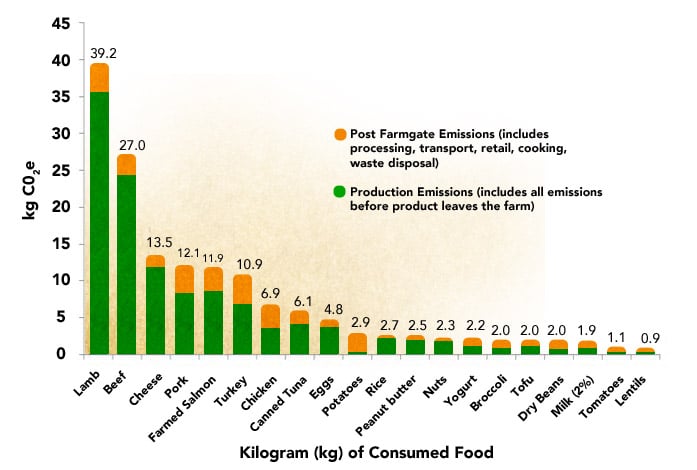



The Impacts 11 Meat Eaters Guide Meat Eater S Guide To Climate Change Health Environmental Working Group




Carbon Footprint Factsheet Center For Sustainable Systems
How this indicator was calculated Note Emission levels for some years have been revised in light of improvements to estimation methods and availability of new data Source Environment and Climate Change Canada (21) National Inventory Report Greenhouse Gas Sources and Sinks in Canada In 19, the combined emissions from Alberta and Ontario, the largestNote The chart presents the ratio of annual greenhouse gas emissions per person and per unit of gross domestic product relative to those values in 1990 (that is the values are indexed to 1990) Greenhouse gas emissions per unit of gross domestic product is calculated using real This week we discuss the emissions sources in the United States As defined by the Environmental Protection Agency (EPA), US greenhouse gas emissions sources can be broken down into five sectors



Emissions By Sector Our World In Data




All Of The World S Carbon Emissions In One Giant Chart
Even though some countries produce more greenhouse gases than others, emissions from every country contribute to the problem That's one reason why climate change requires global action The graph below shows how the world's total greenhouse gas emissions are continuing to increase every year Globally, the primary sources of greenhouse gas emissions are electricity and heat (31%), agriculture (11%), transportation (15%), forestry (6%) and manufacturing (12%) Energy production of all types accounts for 72 percent of all emissionsGlobal greenhouse gas emissions are about 50 Gt per year (66t per person) and for 19 have been estimated at 57 Gt CO2 eq including 5 Gt due to land use change Carbon dioxide (CO 2), nitrous oxide (N 2 O), methane, three groups of fluorinated gases (sulfur hexafluoride (SF



Breakdown Of Global Greenhouse Gas Emissions Attributable To Cattle Download Scientific Diagram




Scottish Greenhouse Gas Emissions 17 Gov Scot
5 rows Land Use and Forestry (12 percent of 19 greenhouse gas emissions) – Land areas can act as a In our effort to Get to Zero greenhouse gas emissions, we first need to identify where emissions are coming from The pie chart to the right, modified from California's 17 Scoping Plan, shows the major areas of emissions in our state In this post, I break down the largest sectors by their share of greenhouse gas emissionsThis chart shows the change in global greenhouse gas emissions over time Greenhouse gases are measured in 'carbon dioxideequivalents' (CO 2 e) Today, we collectively emit around 50 billion tonnes of CO 2 e each year This is more than 40% higher than emissions in 1990, which were around 35 billion tonnes




Greenhouse Gas Emission Statistics Air Emissions Accounts Statistics Explained



Chart China Beats U S Europe In Combined Greenhouse Gases Statista
The United States produced 66 billion metric tons of carbon dioxide equivalent greenhouse gas (GHG) emissions in 19, the second largest in the world after greenhouse gas emissions by China and among the countries with the highest greenhouse gas emissions per personIn 19 China is estimated to have emitted 27% of world GhG, followed by the United States with 11%,Greenhouse gases refer to the sum of seven gases that have direct effects on climate change carbon dioxide (CO 2), methane (CH 4), nitrous oxide (N 2 O), chlorofluorocarbons (CFCs), hydrofluorocarbons (HFCs), perfluorocarbons (PFCs), sulphur hexafluoride (SF6) and nitrogen trifluoride (NF3) The data are expressed in CO 2 equivalents and refer to gross direct emissions The graphs show monthly mean carbon dioxide measured at Mauna Loa Observatory, Hawaii The carbon dioxide data on Mauna Loa constitute the longest record of direct measurements of CO 2 in the atmosphere They were started by C David Keeling of the Scripps Institution of Oceanography in March of 1958 at a facility of the National Oceanic and




Emissions Sources Climate Central
/cdn.vox-cdn.com/assets/4250823/ecofys-world-ghg-emissions-flowchart.png)



Where Do Greenhouse Gas Emissions Come From Vox
The AGGI in was 147, which means that we've turned up the warming influence from greenhouse gases by 47% since 1990;




Uk And Global Emissions And Temperature Trends
/cdn.vox-cdn.com/assets/4250823/ecofys-world-ghg-emissions-flowchart.png)



Where Do Greenhouse Gas Emissions Come From Vox



Co2 Sources




Global Greenhouse Gas Emissions Data Us Epa




Sources Of Greenhouse Gas Emissions Us Epa
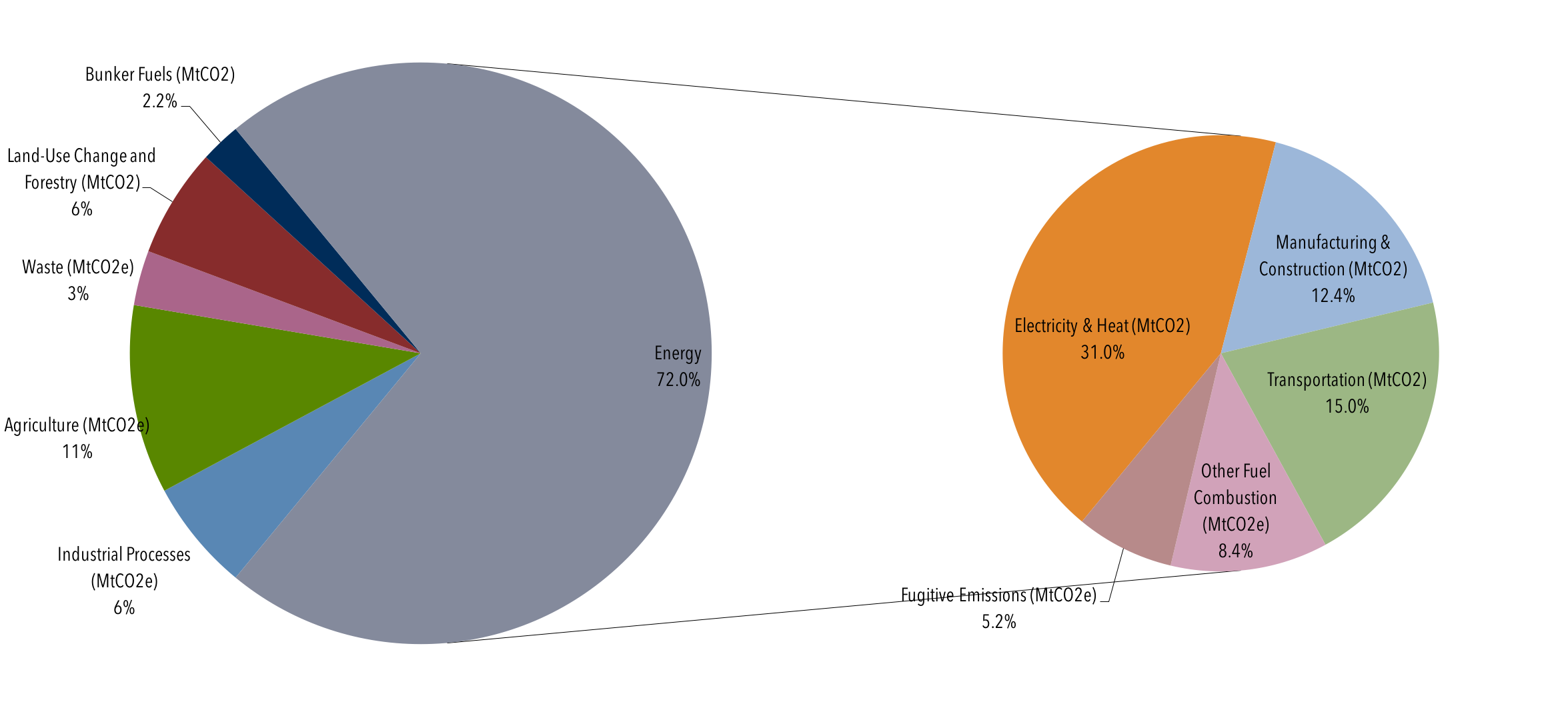



Global Emissions Center For Climate And Energy Solutions




Co And Greenhouse Gas Emissions Our World In Data




Greenhouse Gas Emissions 18 Estimates Gov Scot




Scottish Greenhouse Gas Emissions 17 Gov Scot




Greenhouse Gas Emissions By Country And Sector Infographic News European Parliament




Sources Of Greenhouse Gas Emissions Us Epa
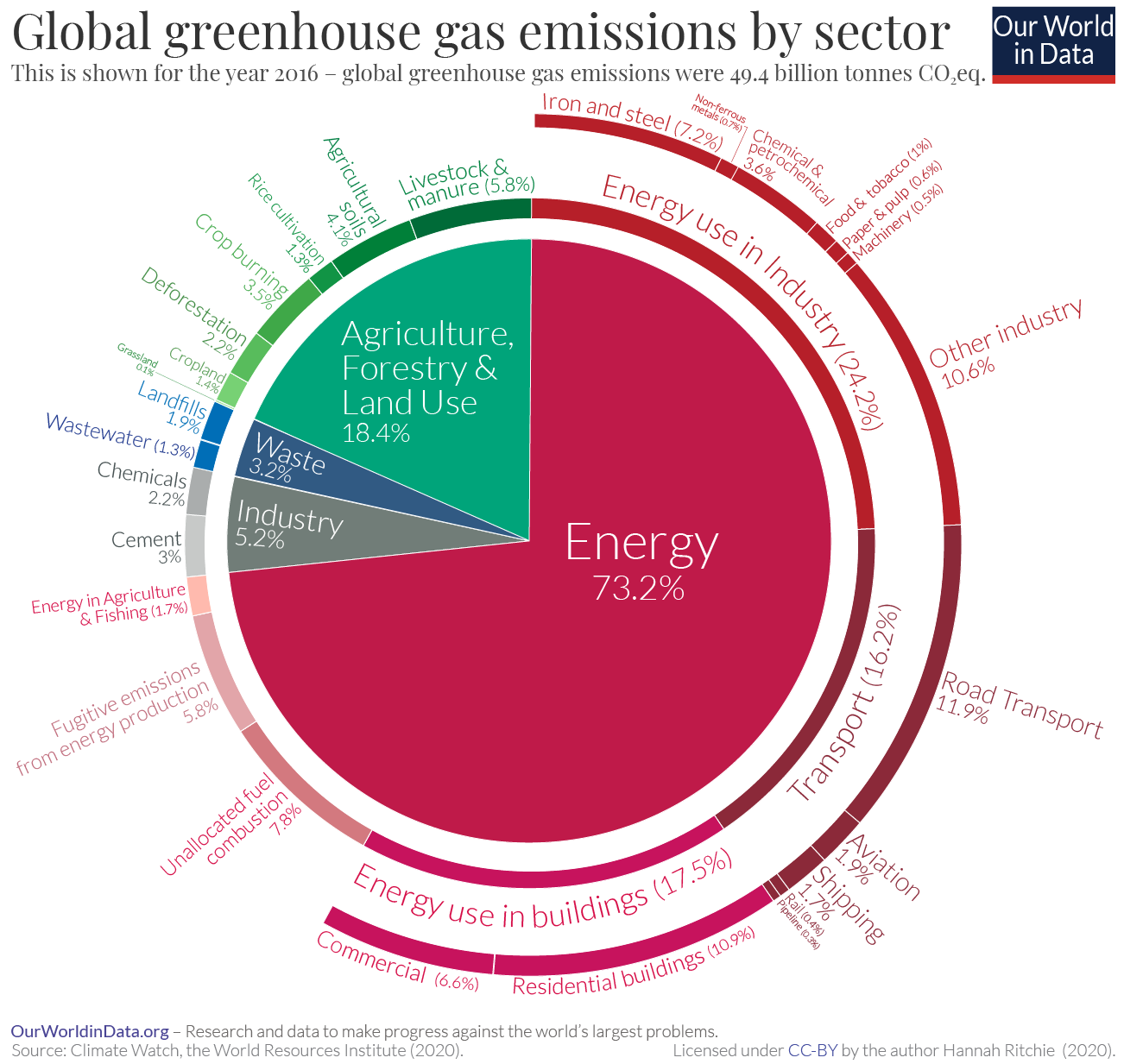



Sector By Sector Where Do Global Greenhouse Gas Emissions Come From Our World In Data




U S Emissions Dropped In 19 Here S Why In 6 Charts Inside Climate News




Sources Of Greenhouse Gas Emissions Us Epa



Co2 Emissions Our World In Data
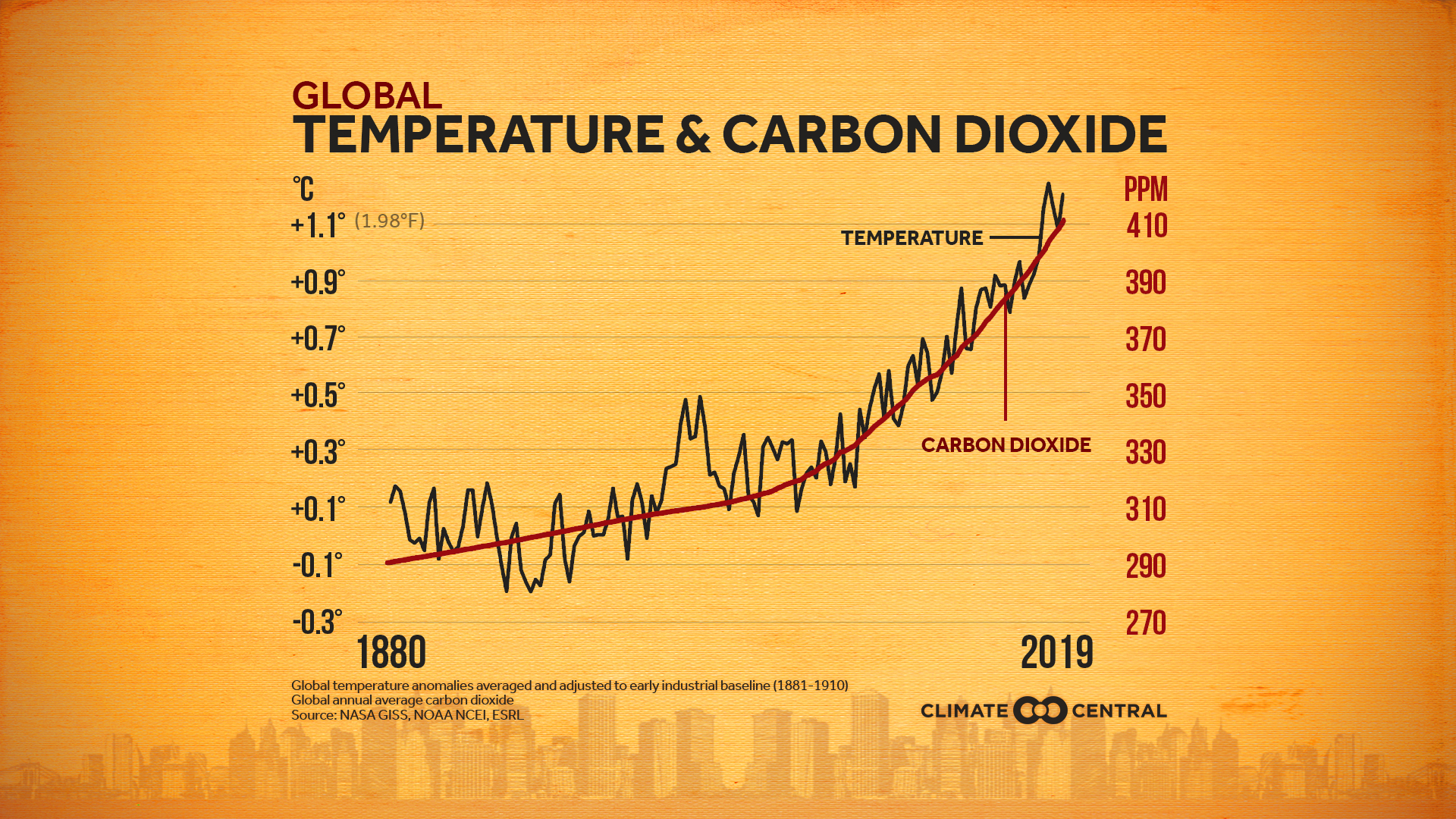



Emissions Sources Climate Central




Greenhouse Gas Emissions Are Set To Rise Fast In 21 The Economist




File Greenhouse Gas Emissions Analysis By Source Sector Eu 28 1990 And 17 Percentage Of Total Png Statistics Explained




Greenhouse Gas Emissions World Energy Data




Outlook For Future Emissions U S Energy Information Administration Eia



Greenhouse Gas Emission Trends European Environment Agency



1
.png)



Greenhouse Gas Emissions From Waste Products Eurostat News Eurostat




What Is The Difference Between Scope 1 2 And 3 Emissions Compare Your Footprint
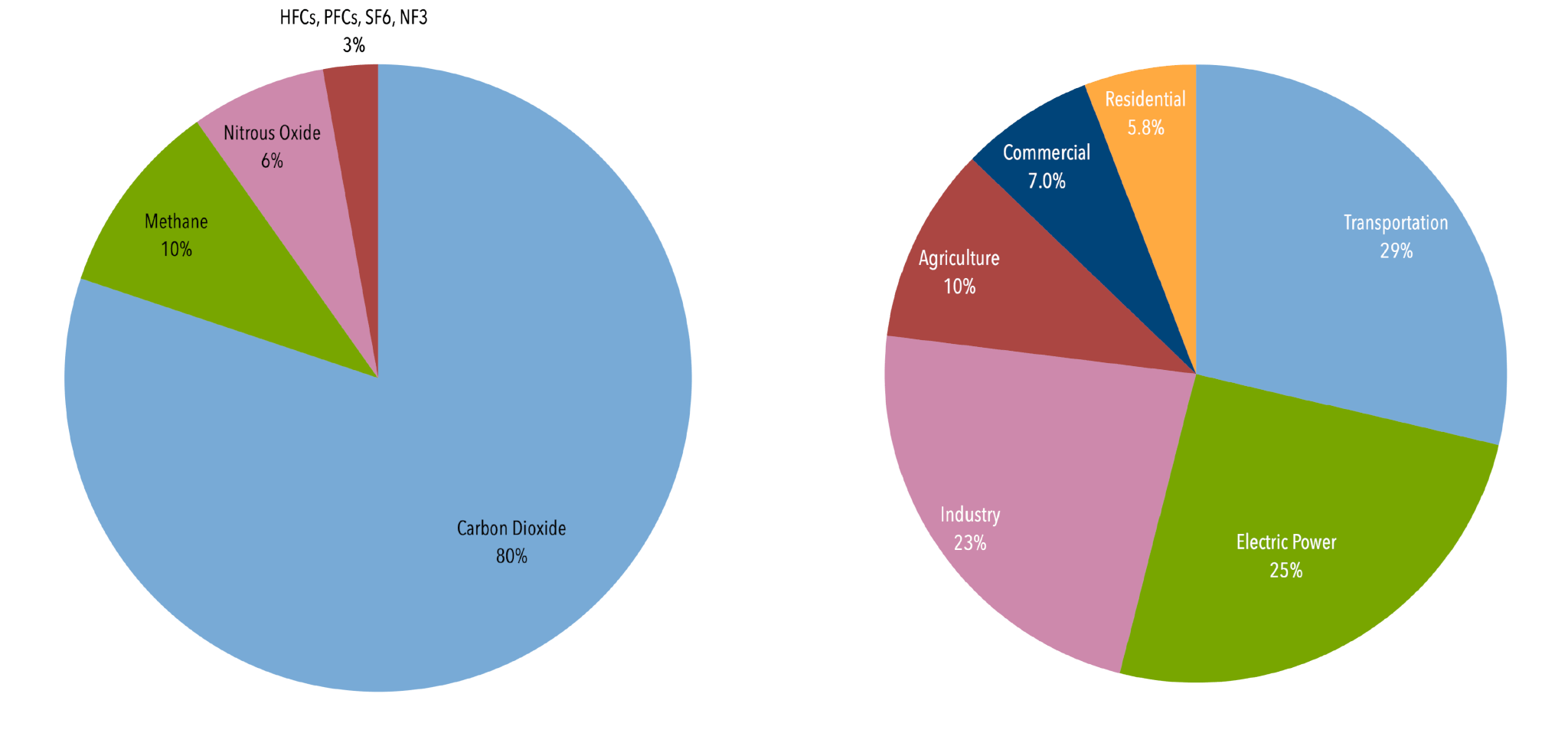



U S Emissions Center For Climate And Energy Solutions
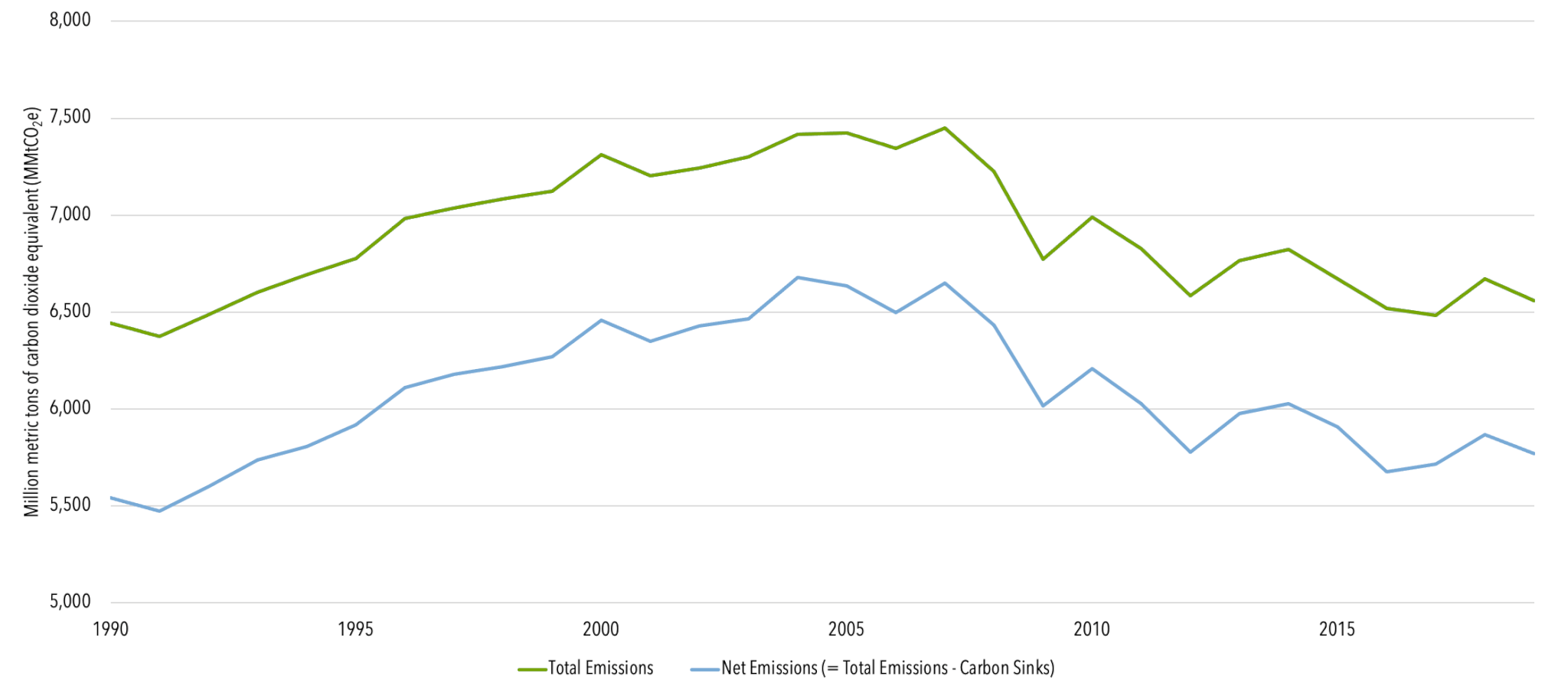



U S Emissions Center For Climate And Energy Solutions




A Pie Chart Of Greenhouse Gas Emissions




Each Country S Share Of Co2 Emissions Union Of Concerned Scientists



Chart How Ambitious Is The Uk S Emissions Target Statista



Co And Greenhouse Gas Emissions Our World In Data




Sources Of Greenhouse Gas Emissions Us Epa



1




Greenhouse Gas Emissions Plunged 17 Percent During Pandemic The Washington Post




Germany S Greenhouse Gas Emissions And Energy Transition Targets Clean Energy Wire
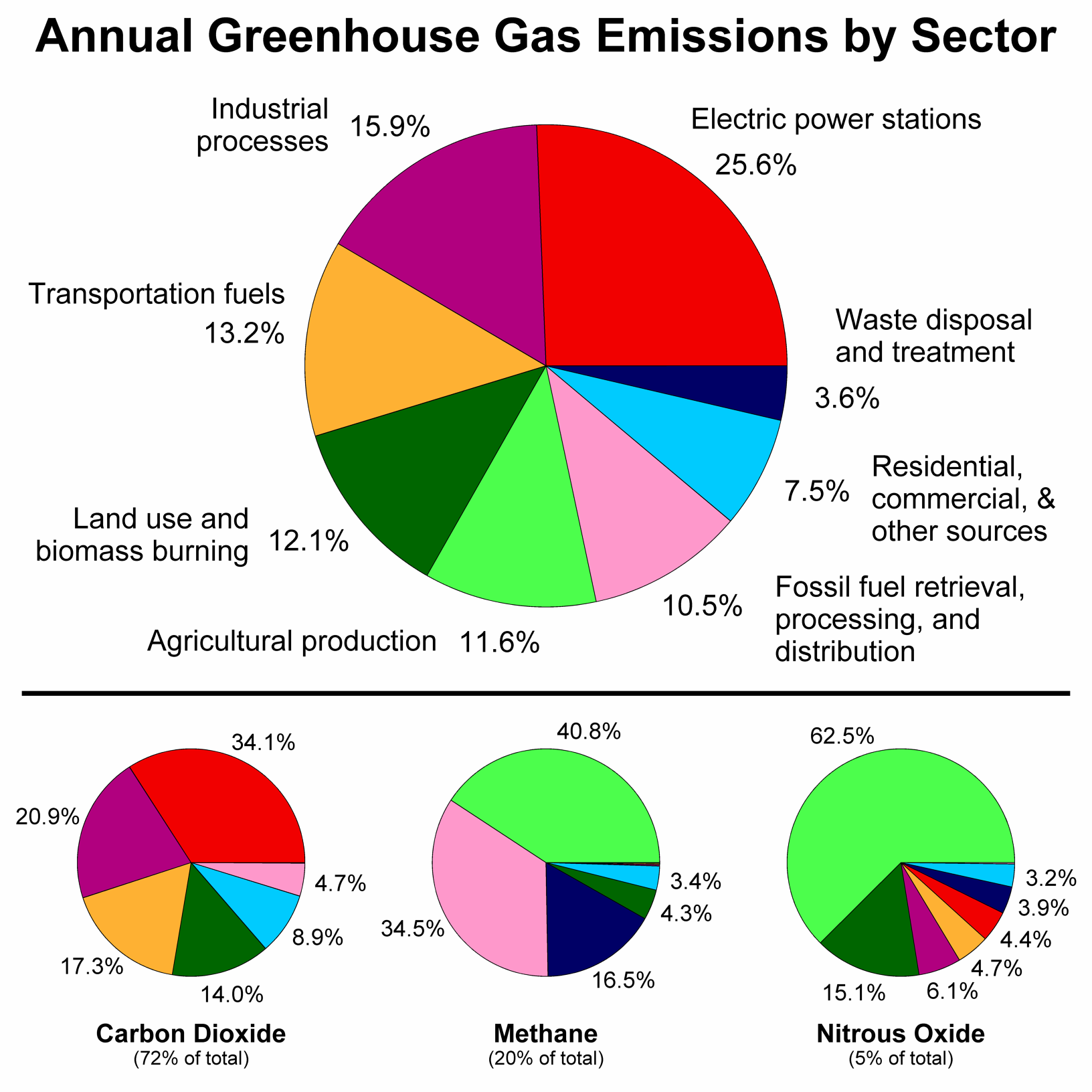



File Greenhouse Gas By Sector Png Wikimedia Commons



Chart Europe S Biggest Greenhouse Gas Emitters Statista




Climate Change Indicators Global Greenhouse Gas Emissions Us Epa




Global Greenhouse Gas Emissions Data Us Epa



Earthcharts Greenhouse Gas Emissions By Sector
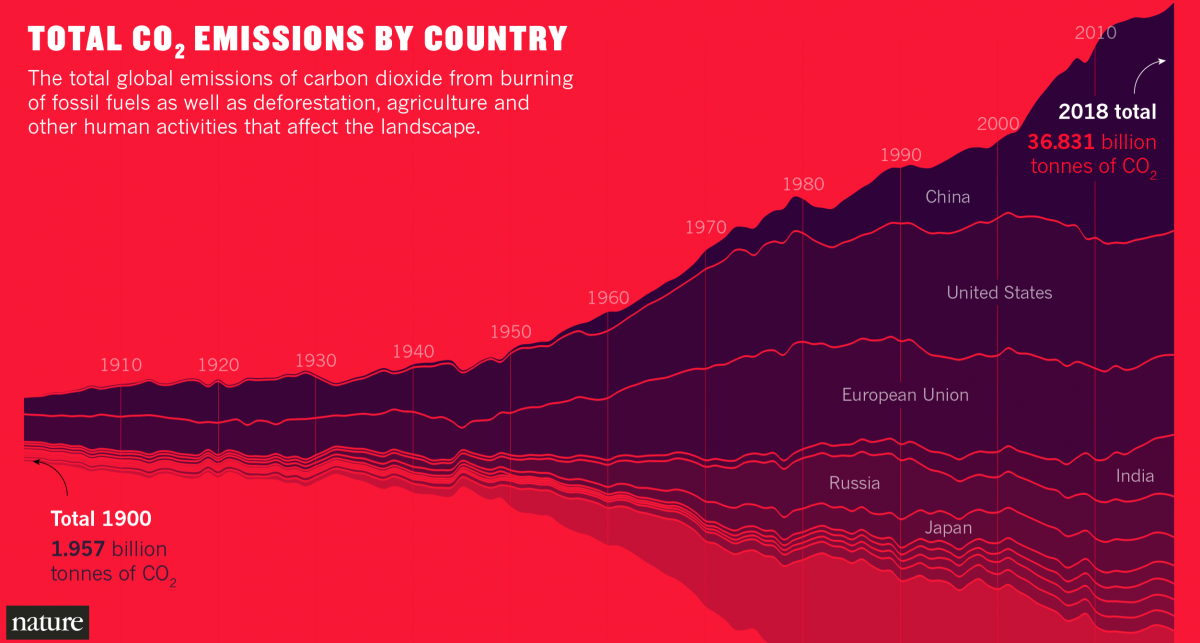



Five Ways Organizations Are Visualizing Carbon Emissions Storybench




World Flow Chart Of Greenhouse Gases Illustrating The Emission Download Scientific Diagram




Climate Change Indicators Global Greenhouse Gas Emissions Us Epa




What Are The Greenhouse Gas Emissions Of A Mini Grid Project And How Are They Calculated Mini Grids Support Toolkit Energy U S Agency For International Development



Chart Global Carbon Emissions Fall In Statista




Sources Of Greenhouse Gas Emissions Beef2live Eat Beef Live Better



Assets Publishing Service Gov Uk
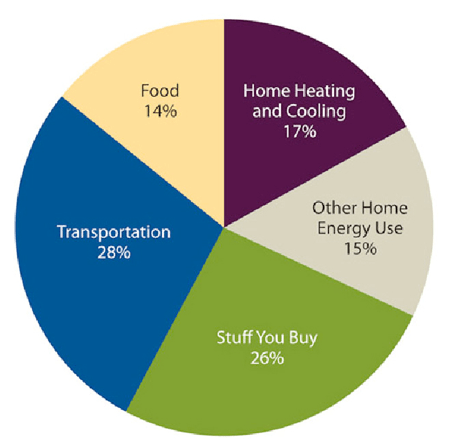



Carbon Dioxide Emissions And Carbon Footprint Mahb
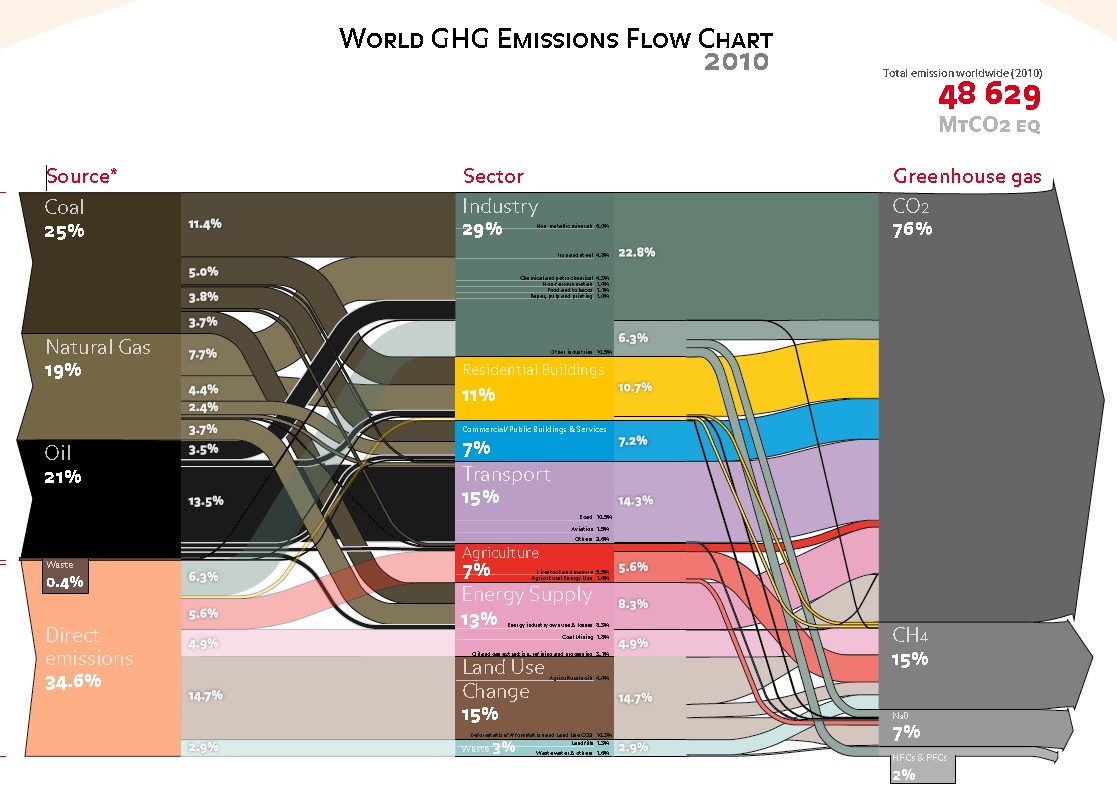



Greenhouse Gases Where They Really Come From Infographic




World And Us Ghg Diagrams From Wri Sankey Diagrams
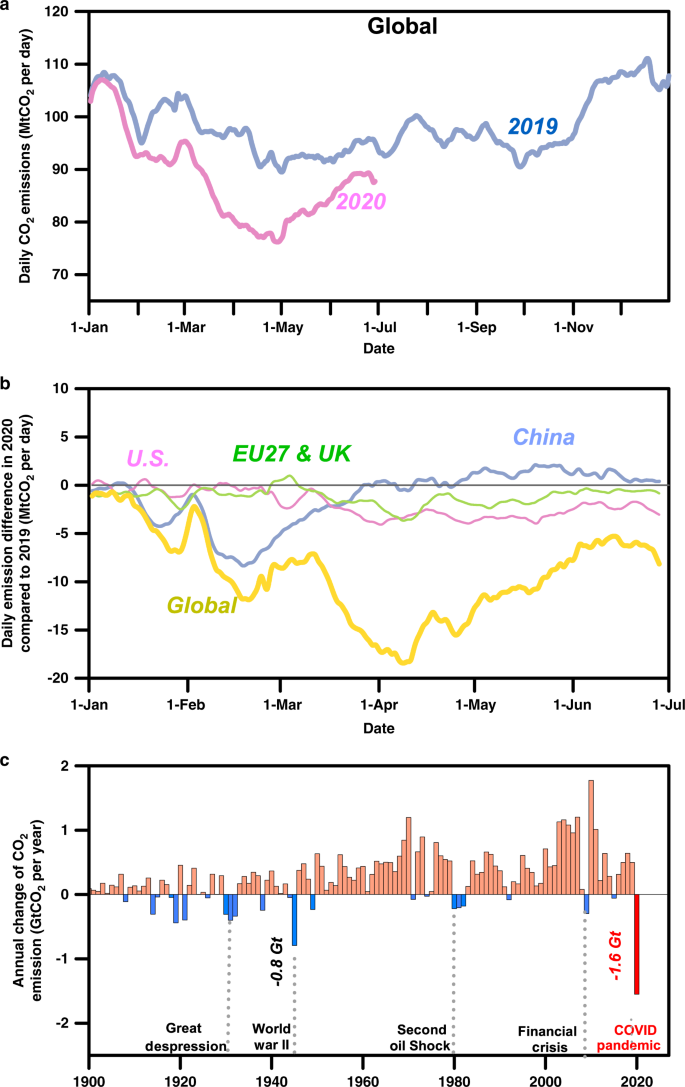



Near Real Time Monitoring Of Global Co2 Emissions Reveals The Effects Of The Covid 19 Pandemic Nature Communications



1




Mexico S Greenhouse Gas Emissions Have Increased By 74 Since 1990 Climate Scorecard




What S Going On In This Graph Nov 19 The New York Times




Germany S Greenhouse Gas Emissions And Energy Transition Targets Clean Energy Wire



Global Warming




Where Do Greenhouse Gas Emissions Come From University Of California




Inventory Of U S Greenhouse Gas Emissions And Sinks Us Epa



Co And Greenhouse Gas Emissions Our World In Data
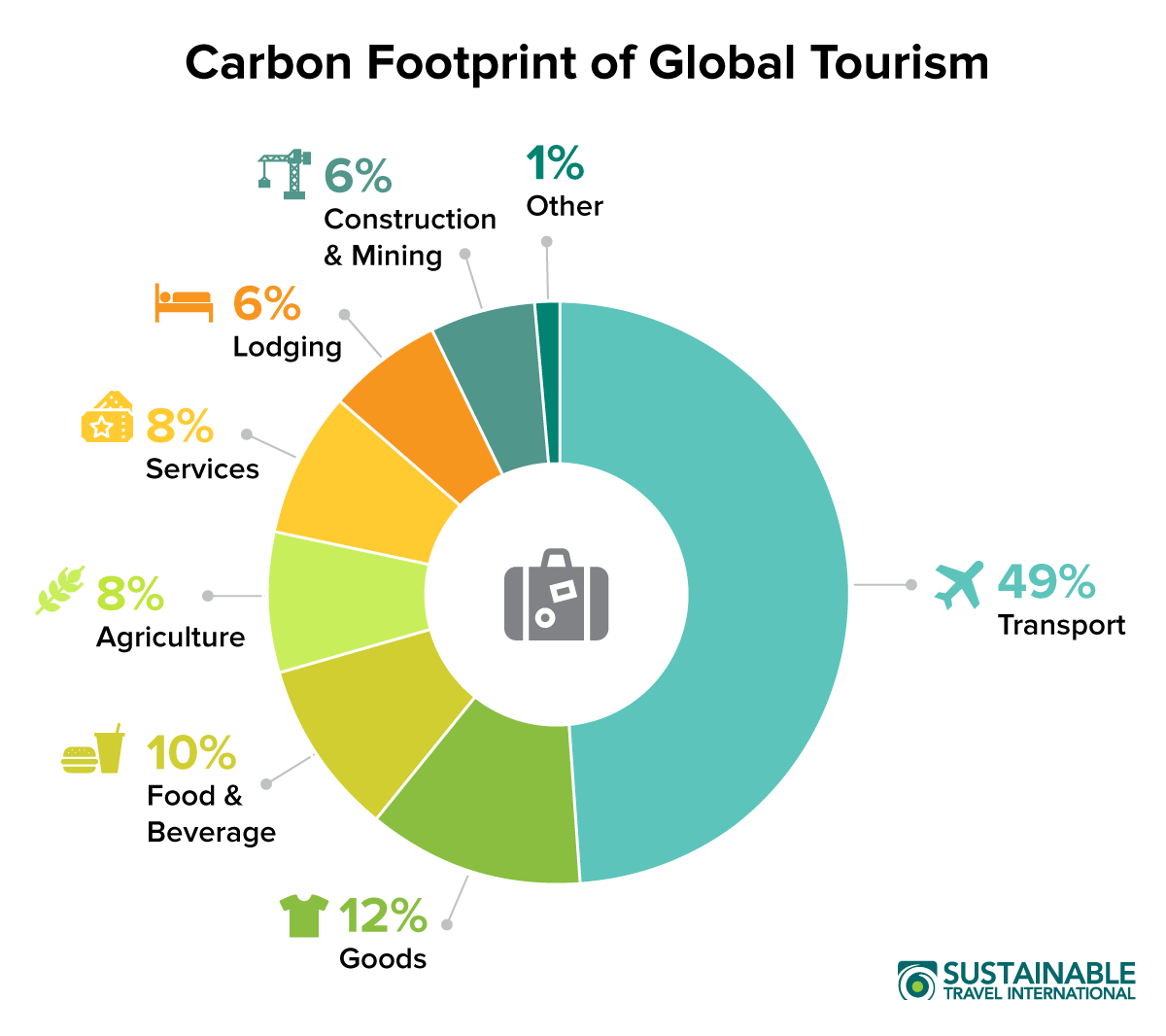



Carbon Footprint Of Tourism Sustainable Travel International




Chart Of The Day These Countries Have The Largest Carbon Footprints World Economic Forum




Report Wind Power Helps Lower Iowa Greenhouse Gas Emissions Radio Iowa




Interactive What Is The Climate Impact Of Eating Meat And Dairy Carbon Brief




Pie Chart Of U S Carbon Dioxide Emissions By Source 34 Is From Electricity 34 Is From Transportation Greenhouse Gases Greenhouse Gas Emissions Emissions
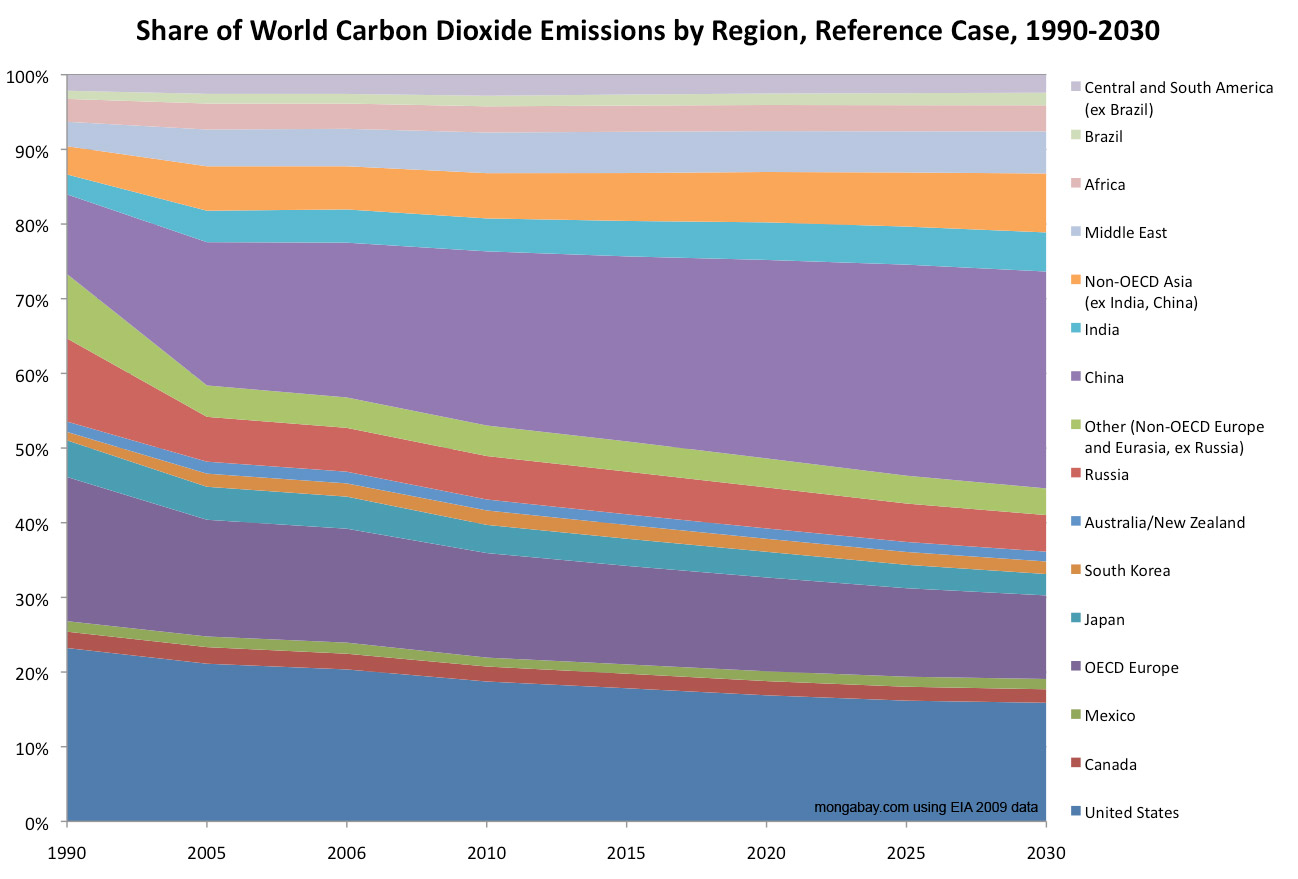



Carbon Dioxide Emissions Charts




Sources Of Greenhouse Gas Emissions Us Epa




What Is The U S Oil Industry Doing About Greenhouse Gas Emissions Dallasfed Org
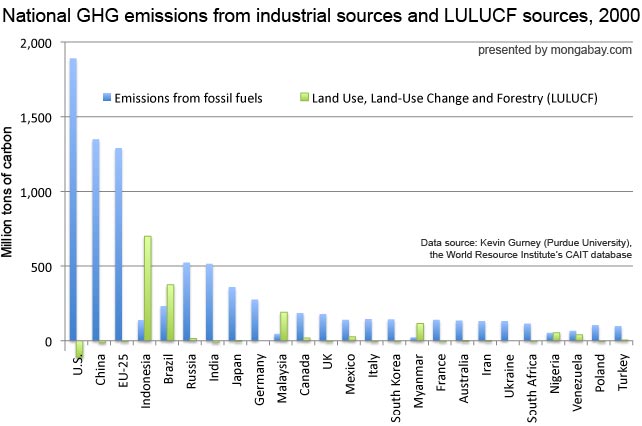



National Greenhouse Gas Emissions From Energy Use And Deforestation




Co2 Emissions By Fuel Our World In Data



Chart Wealthy Nations Lead Per Capita Emissions Statista
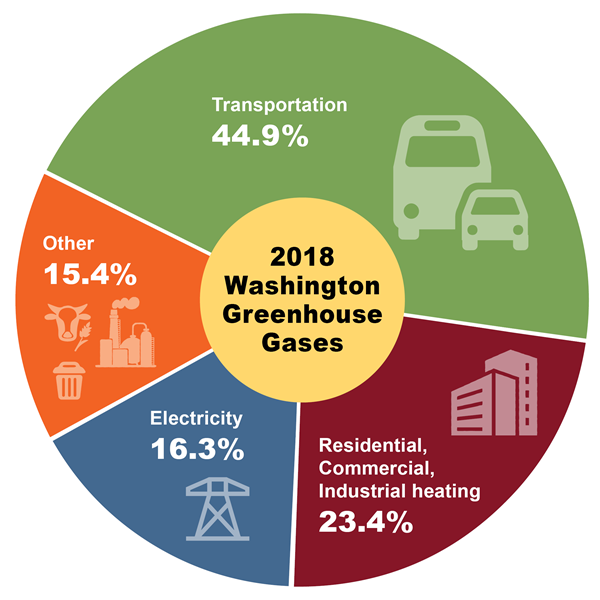



18 Data Washington State Department Of Ecology
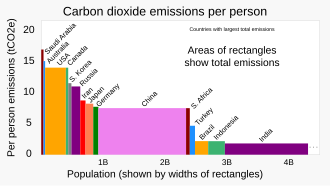



Greenhouse Gas Emissions Wikipedia




Emissions Of The Powerful Greenhouse Gas Sf6 Are Rising Rapidly World Economic Forum




Global Emissions Center For Climate And Energy Solutions
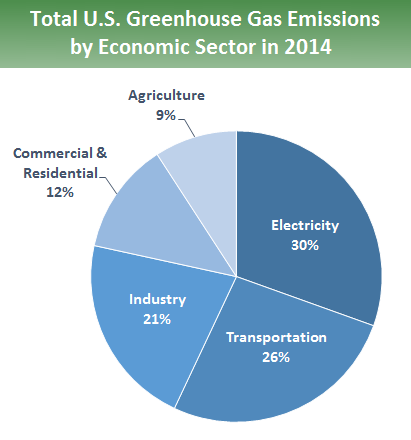



Sources Of Greenhouse Gas Emissions Greenhouse Gas Ghg Emissions Us Epa




1 Global Greenhouse Gas Emissions From All Sources Download Scientific Diagram
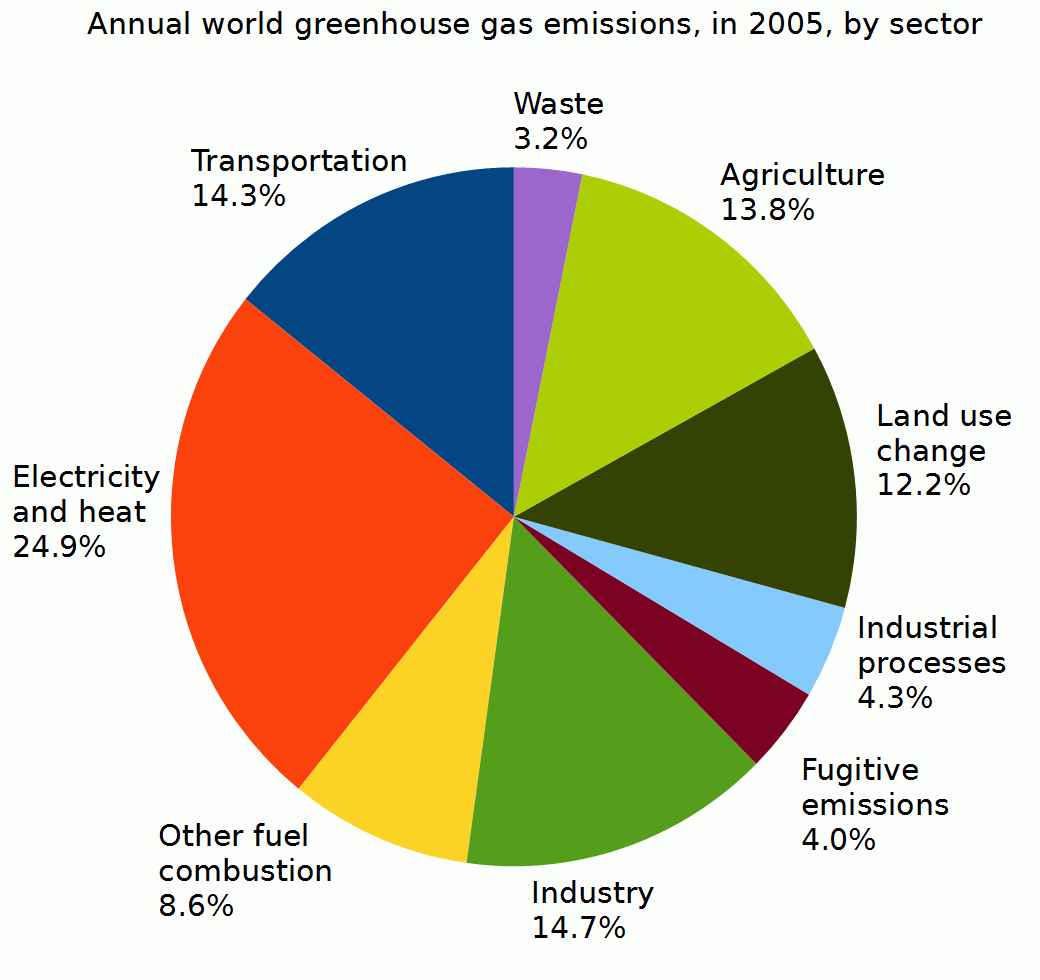



File Annual World Greenhouse Gas Emissions In 05 By Sector Png Wikimedia Commons




Global Greenhouse Gas Emissions Data Us Epa




A Breakdown Of Greenhouse Gas Emissions By Source In New Zealand Download Scientific Diagram




Sources Of Greenhouse Gas Emissions Source Ipcc 14 2 Download Scientific Diagram




Amazon Ghg Emissions Globally By Source 18 Statista



0 件のコメント:
コメントを投稿